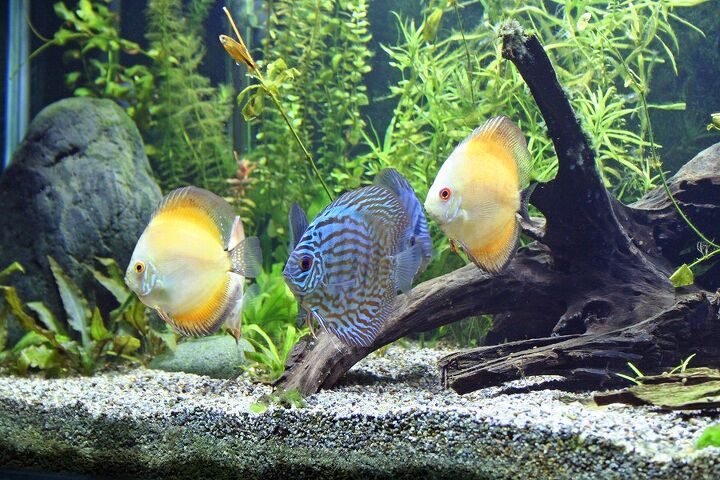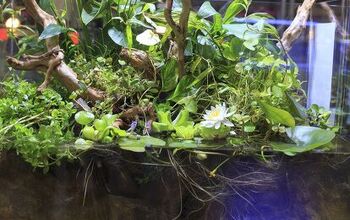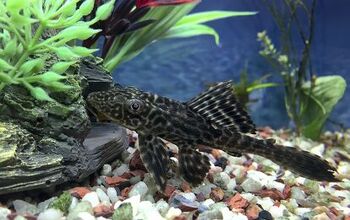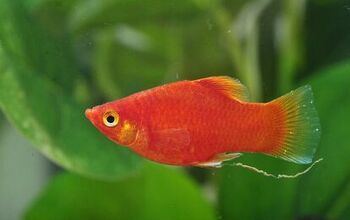Tips and Tricks for Stocking a Community Tank

After you have set up your aquarium and followed the guidelines for cycling your tank, the next important decision you need to make is in regard to the kind of fish you plan to keep. When it comes to stocking your tank you have two main options – a community tank or a species tank. A species tank is one in which you keep a single species or a small number of closely related species while a community tank is one that houses a variety of species that all get along.
What Species are Considered Community Fish?
Species that are considered “community fish” are those that have peaceful temperaments – fish that are likely to get along with other species. Most of the fish that fit into the “community fish” category are schooling or shoaling species. Schooling species of fish are those that swim together in coordinated groups, facing the same direction. Shoaling species are fish that swim independently of one another but in a way that forms a kind of social group. For the most part, community species of fish are peaceful by nature, though some species may display aggressive or territorial behaviors when two males of the same species are kept in the same tank.
Related: 6 Popular Aquarium Fish You Need To Avoid
There are many different species of fish that qualify as community fish which means that you have a lot of options for stocking your community tank. For the most part, live-bearing species of fish like swordtails, guppies, mollies, and platies are all good community fish. Schooling species like tetras, rasboras, barbs, danios, and rainbowfish also make good community fish. Some groups of fish contain species that are good community fish as well as species that are a little more aggressive. For example, some species of catfish like corydoras make great community fish while others, like Chinese algae eaters and large Plecostomus, can be aggressive.
Tips for Maintaining Harmony in a Community Tank
The most important factor in maintaining harmony in your community tank is ensuring that your fish have enough space. Even peaceful species of fish can start causing problems if the tank is overcrowded. You also need to keep in mind the schooling preferences of the fish you choose for your community tank – most schooling fish prefer to be kept in groups with at least 5 or 6 of their own species. In some cases you can mix and match species within a certain group of fish. For example, most tetras will get along well with each other, though it is always best to keep at least a few of each species together.
Related: Top 3 Most Popular Types of Aquarium Filters
Another important factor in maintaining harmony within your community tank is providing enough hiding places for your fish. When decorating your community tank, be sure to include plenty of live plants to help break up sight lines in the tank – this will help to reduce aggression. You should also use large rocks and caves to provide cover for species that are shier than others. Just be sure not to overcrowd your tank with decorations – try to keep larger plants and decorations limited to the outside edges of the tank so most of the middle space is left open for swimming room.
Cultivating a thriving community tank can be a bit of a challenge but it is also rewarding. By following the tips above you can increase your chances of success in creating and maintaining your own community tank.

Kate Barrington is the loving owner of two cats (Bagel and Munchkin) and a noisy herd of guinea pigs. Having grown up with golden retrievers, Kate has a great deal of experience with dogs but labels herself a lover of all pets. Having received a Bachelor's degree in English, Kate has combined her love for pets and her passion for writing to create her own freelance writing business, specializing in the pet niche.
More by Kate Barrington























